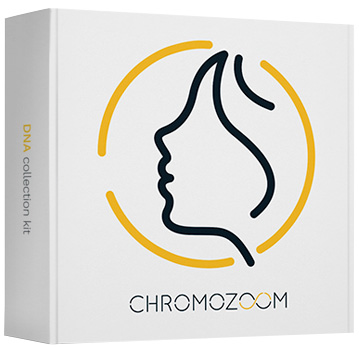What are keloids?
Keloid scars or keloids arise due to excessive growth of fibroblasts, leading to abnormal production of collagen, elastin and other substances of the connective tissue. Keloid scars are a cosmetic problem most frequently occurring between the 10th and 30th years of life. Keloid scars are formed approximately 3 months after the original skin injury, sometimes after a year.
Keloid scars are an abnormal response to skin damage, when the tissue grows over the margin of the original wound. Most commonly they affect dark-skinned individuals, who are at 15-20 times higher risk of developing this lesion. Keloid scars are a cosmetic problem, which does not lead to serious health problems, but in spite of this, it is a very unpleasant cosmetic defect that can cause burning and itching in certain individuals.Several methods used to treat and reduce keloid scars are available, but we still have no approach leading to their complete removal, or preventing the formation thereof.
Fibroblasts
Fibroblasts are the basic cells of the connective tissue dispersed in humans in different parts of the body. Secreting an extracellular matrix and various fibres into the surrounding area. Fibroblasts participate in the healing of a wound at the site of a skin injury, where these active cells rapidly multiply.Extracellular matrix (ECM)
The ECM is an intercellular matrix composed of proteins (especially collagen) and glycoaminoglycans (particularly proteoglycans) and glycoproteins (laminin, fibronectin). The extracellular matrix represents the majority of the total volume of most tissues.Keloid scars and their development
Wound healing is a dynamic process resulting in the regeneration of impaired tissue. The healing process begins immediately after damage to the skin and lasts several days, up to months, depending on the depth and severity of the injury.During the inflammatory phase, cytokines are activated due to degradation of thrombocytes and the triggering of the blood coagulation cascade. In the second phase the number of fibroblasts in the damaged extracellular matrix increases, and the connective tissue is repaired. In the last step, the remodelling phase occurs, involving the permanent production and degradation of collagen, a decrease in the number of fibroblasts, the closure of blood vessels, and the hardening of collagen fibres. The imbalance between the production and degradation of collagen alone results in excessive production of collagen fibres and the growth of scar tissue.
The precise mechanism of pathogenesis is not yet known, but it is estimated that the abnormal growth of fibroblasts plays a key role in this process. Keloid fibroblasts grow faster and produce a higher amount of collagen. The formation of a keloid scar may also be affected by an increased inflammatory response, or lipid composition with a higher content of triacylglycerol.
Treatment
A number of treatment options are available. However, none of them alone leads to total removal, and therefore a combination thereof is recommended. In the first line of treatment, silicone gel sheets, compression therapy, and corticosteroid injections are often used. Another option is cryotherapy, which is only used for small lesions caused by, for example, acne. Cryotherapy is often used in combination with steroid injections, but is not recommended for individuals with dark skin due to rising hypopigmentation (reduced pigmentation and discoloration of the scar). Applications of gels with vitamin E, onion extract, aloe vera, or heparin are also recommended at the lesion site.Prevention of keloid scars is important, because once they occur, the treatment is very demanding.
If the above-mentioned treatment methods fail, surgical removal of the entire tissue can be performed. In this case, a combination of collagen sheets and steroid injections is selected, or otherwise the keloid scars often recur more frequently, and usually to a greater extent.
